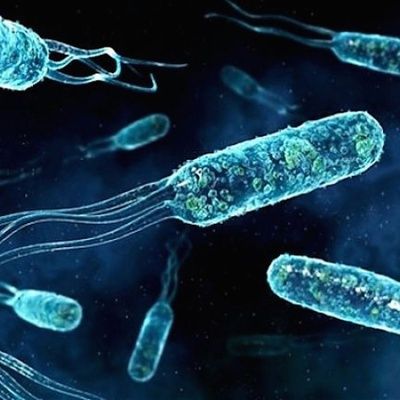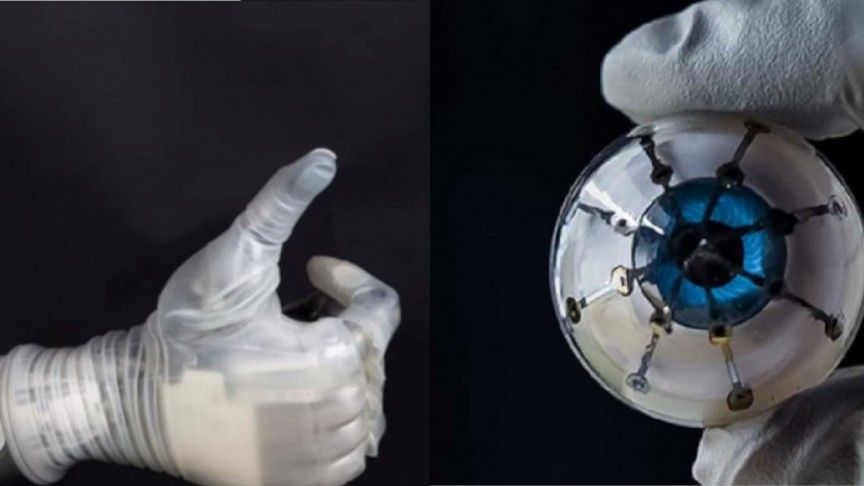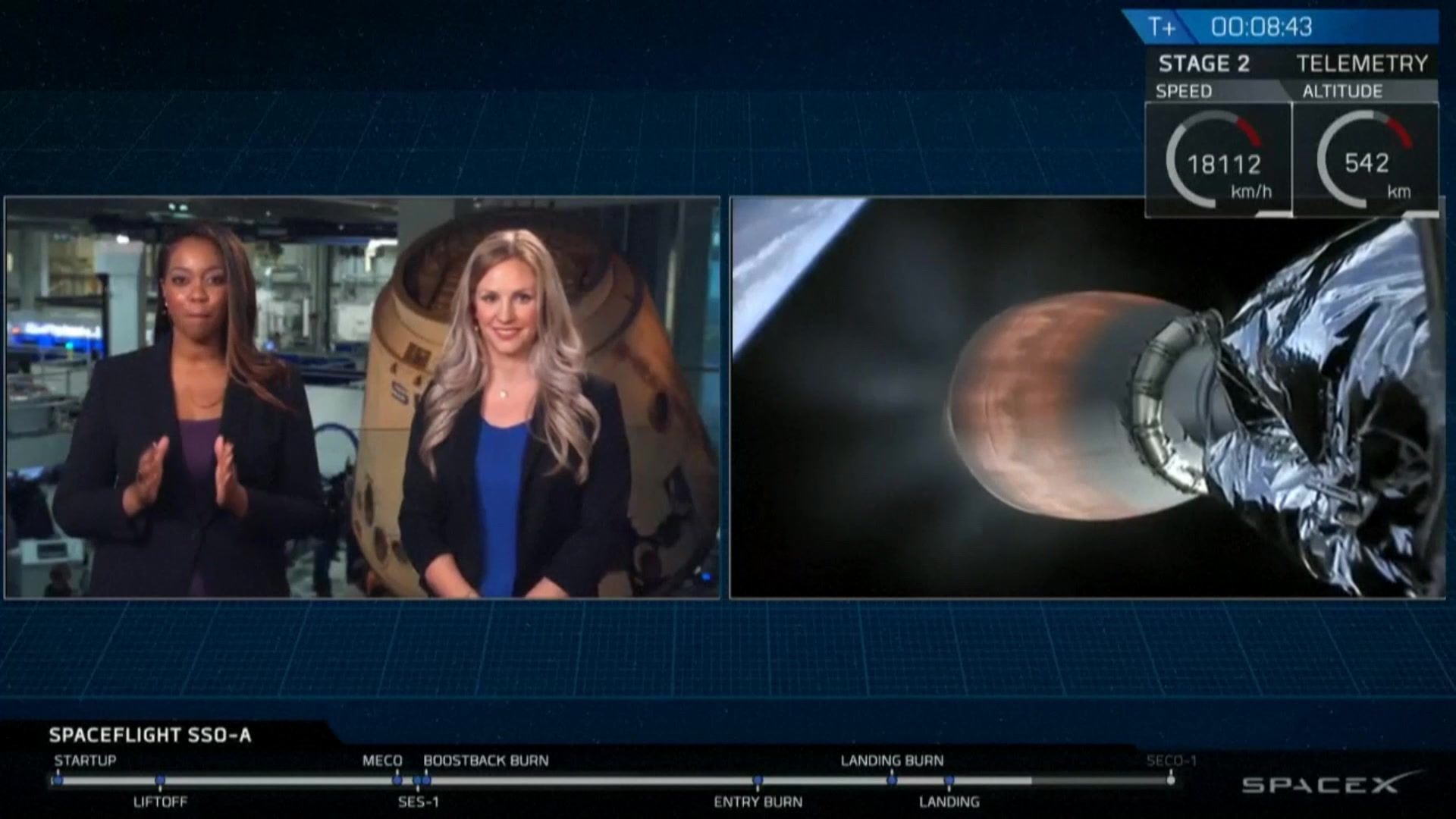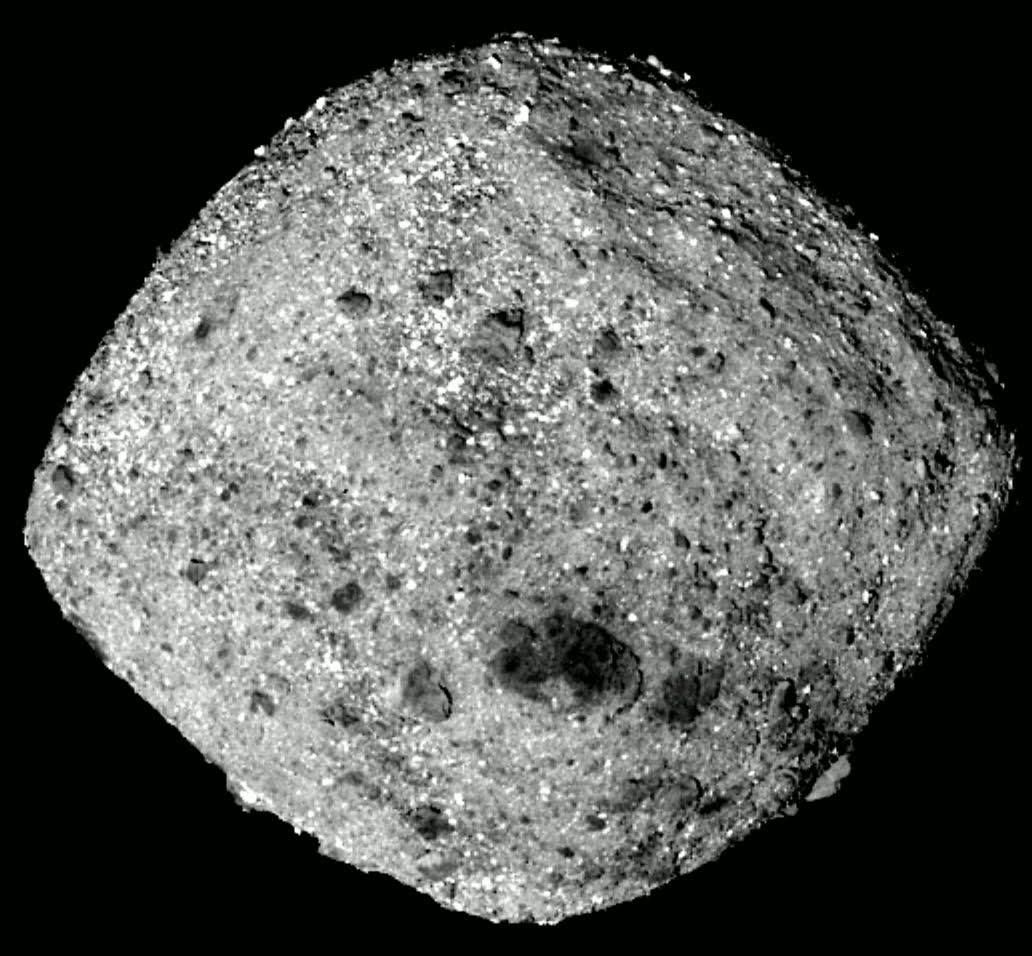Physicists creating the Gravitational Wave Transient Catalog have discovered four new black hole mergers through the detection of gravitational waves.
Over the weekend in Maryland, physicists involved in the Virgo and LIGO project made the exciting announcement that they had discovered four completely new black hole mergers which came about after gravitational waves were detected around these black holes. This includes what is thought to be the largest black hole collision that we currently know about, which occurred a whopping 5 billion years ago. This monstrous collision created a black hole so big that it is 80 times larger than the sun.
As Ars Technica reports, the four new black hole mergers that have been discovered will be included in a very special piece of research known as the Gravitational Wave Transient Catalog, or GWTC-1, whose aim will be to report on gravitational wave events like these and document them thoroughly. Including the four new black hole mergers that were just detected, there will now be 11 gravitational wave events to catalog.









